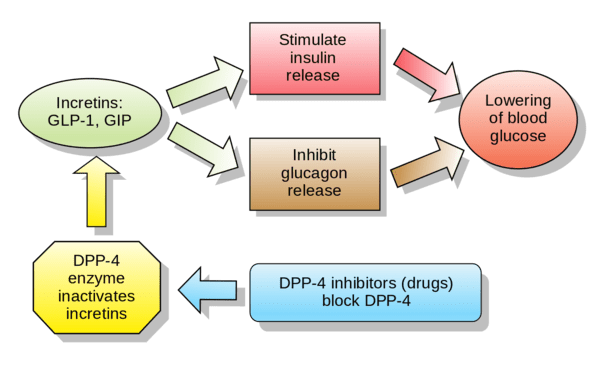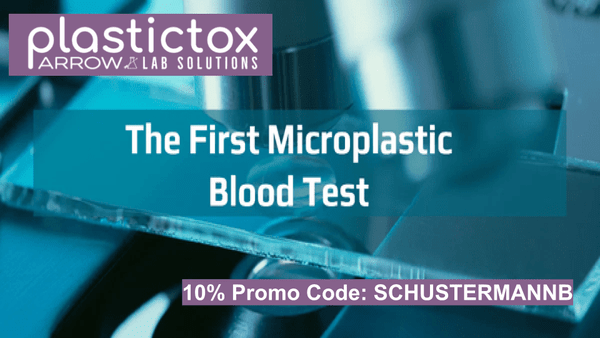GLP-1 medications have revolutionized the treatment of type 2 diabetes and obesity, thanks to a groundbreaking discovery, over three decades ago. . Government researcher Dr. John Eng conducted studies on the Gila monster, focusing specifically on the reptile’s hormones. His research uncovered that the animal’s venom contained a special hormone similar to our hunger-related hormone in the small intestine, which helps control blood sugr levels. Eng also took note of the Gila monster’s remarkable ability to go extended periods without food. .
The hormone is known as glucagon-like peptide-1 (GLP-1) in humans. Eng named the Gila monster’s version exendin-4. Through his research, he realized that exendin-4 degraded more slowly than the human GLP-1, lasting for hours instead of minutes. This property made exendin-4 well-suited for drup development, as it cound maintain its effects for a more extended period.
Despite the promising potential of his discovery, Eng initially struggled to find pharmaceutical companies interested in developing a drug based on exendin-4. Undeterred, he patented the molecule himself in 1995 and founded Amylin, a company dedicated to brining his synthetic hormone, Extenatide, to market. In 2005, the Food and Drug Administration (FDA) approved Extenatide as the first GLP-1 mimicking drup to trea type 2 diabetes.
GLP-1 medications have since evolved with a new generation of drugs recently hitting the market. These medications. approved for treating type-2 diabetes and obesity, mimick the actions of the GLP-1 hormone. They stimulate the release of insulin when blood sugar levels are high, enabling glucose to be transported from the bloodstream into cells for energy. Additionally, GLPS-1 medications suppress appetite by slowing stomach emptying and increasing feelings of satiety.
Drug Revolution: Current GLP-1 Medications
Some of the current GLP-1 medications include Trulicity, Rybelsus and Victoza. and the once-weekly injection Ozempic. Ozempic, in particular, has gained significant attention for its impact on the weight loss revolution. This revolution has sparked a new conversation about obesity, shifting the perspective from a moral failing to a medical condition requiring treatment.

With the worldwide obesity rate nearly tripling since 1975, reaching 14% globally and 42% among adults in the United States, the need for effective obesity management has become increasingly pressing. GLP-1 medications offer a promising solution, not only for weight loss, but also for reducing the risk of associated conditions like heart disease, stroke, and kidney disease. These medications have also shown to improve blood pressure and cholestrerol levels.
Impact of other Related Industries
The success of GLP-1 medications has rippled through related industries, with some weight loss companies adapting their strategies to incorporate these drugs. For instance, Jenny Craig shut down its weight loss centers recently, while Simply Good Foods, the distributor of Atkins diet products, now markets its offering as an adjunct for individuals using GLP-1 drugs. Compaines like Weight Watchers and Noom are exploring ways to sell GLP-1 medications directly to their customers.
While GLP-1 medications have proven effective, they are not without potential side effects. As with many medications, gastrointestinal issues such as nausea, vomiting or diarrhea may occur. It is also essential to monitor injection sites for any adverse reactions.
Remember, the information provided is for educational purposes only and should not be taken as medical adice. Please consult with your healthcare provided for personalized guidance and treatment recommendation. .
Barry Schustermann
Follow me on X @ BarrySchust
Follow me on Facebook @Barry Schustermann



